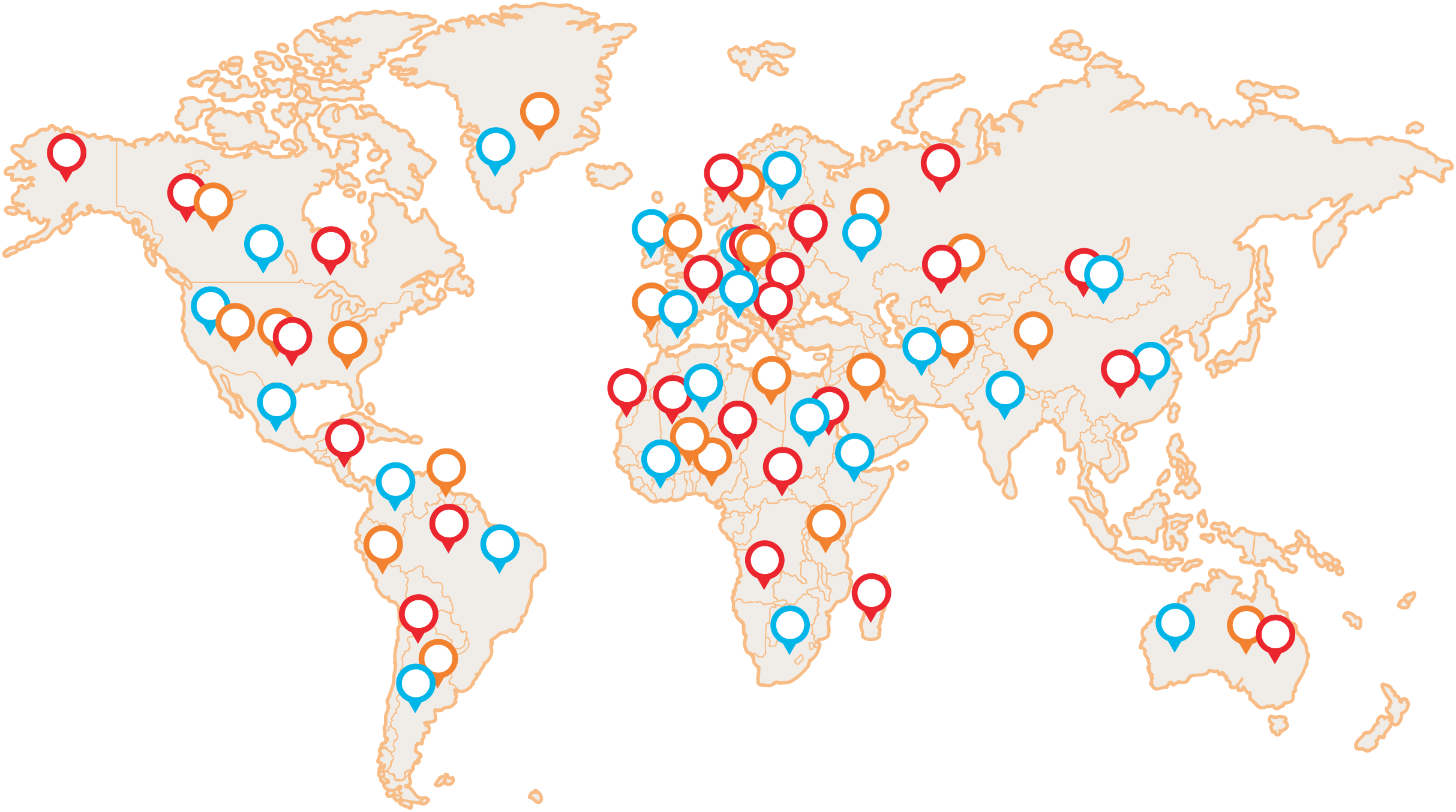Categories:Gynecology, Psychology, nerves, insomnia, musculoskeletal, joints, urology, skin, detox, pain relief
Recipe use according to traditional Chinese medicine:
-disperses dampness, clears heat
-clears pathways and connectors
-stops pain
-clears damp heat and hot/fiery toxin from the skin of the lower legs and lower radiator area
Description:
A recipe from the early 20th century, the author added tearwort to the original 15th century Er Miao San (Powder of the Two Wonders) blend by the famed Zhu Dan-Xi, expanded to San Miao San (Powder of the Three Wonders) in the 16th century, thus increasing the blend's ability to wick away dampness. The uses are wide-ranging: various manifestations of damp heat, especially in the lower body.
Perhaps the most famous and well-known is the use of Si Miao Wan in the treatment of painful joint affections, called Bi-syndromes, which in this case are attacked by damp heat. The joints (especially knees and ankles) are swollen, red, hot and have limited mobility. In addition to the Bi-syndromes, which are characterised by 'excess', the mixture is also used for the so-called Wei-syndromes, which are also caused by damp heat, but which are more likely to show signs of insufficiency, such as weakness or atrophy of the lower limbs, severe tingling or numbness in the periphery, a feeling of heaviness and slight swelling, and flaccidity. It is therefore used in the treatment of rheumatoid arthritis, joint involvement in rheumatic fever, gout or psoriasis, in which the arthritis has a 'hot' character. Another common use is in the treatment of manifestations of damp heat in the lower radiator, especially in the form of gynaecological inflammation with yellow, foul-smelling discharge, in men in prostatitis (inflammation of the prostate). Damp heat can also manifest in the lower body in the form of swollen reddened skin manifestations, often as eczema, or as red, hot swellings of the DK. Here again, Si Miao San will be an essential part of the herbal treatment.
Indications:
-red, hot, swollen and painful joints of the lower limbs (especially knees and ankles).
-pain in the lower back and knees
-pain and heaviness in the lower limbs
-weakness or atrophy of the muscles of the lower limbs
-severe tingling or numbness in the periphery of the lower limbs
-swelling of the lower limbs
-gynaecological discharge (thick, yellow and smelly)
-small amount of yellow urine
Modern Uses:
-rheumatoid arthritis
-gouty and psoriatic arthritis
-arthritis in rheumatic fever
-peripheral neuropathy
-progressive muscular dystrophy
-multiple sclerosis
-polyneuritis
-myasthenia gravis
-fibromyalgia
-polymyositis/dermatomyositis
-eczema
-gynaecological discharges
-prostatitis
Language:
-normal or reddish
-thick greasy yellow coating
Pulse:
-normal or hua
-shu (slippery and fast)
Contraindications:
Without modification contraindicated in Yin deficiency of Liver and Kidneys, possible additional Yin injury. Caution about administration during pregnancy - only under the supervision of an experienced TCM practitioner!
Notes:
Sweet, fatty and greasy foods in the diet should be avoided during treatment.
Recipe Ingredients:
|
Adaptation
|
Chinese
|
Czech
|
Latin
|
|
Sheng
|
Huang Bai
|
Amur cork tree, bark
|
Cort. phellodendri
|
|
Chao
|
Cang Zhu
|
Atractylum ovate, rhizome
|
Rhiz. atractilodis
|
|
Sheng
|
Chuan Niu Xi
|
achyrant, root
|
Rad. achyranthis
|
|
Sheng
|
Yi Yi Ren
|
Tearwort, seed
|
Sem. coicis
|
 Vital mushrooms PRO (17)
Vital mushrooms PRO (17) MyTao Edition (14)
MyTao Edition (14) Vital Mushroom Extracts (25)
Vital Mushroom Extracts (25) Combination of mushrooms and herbs (18)
Combination of mushrooms and herbs (18) Traditional recipes (5)
Traditional recipes (5) BIO vital mushrooms powder (9)
BIO vital mushrooms powder (9) Syrups (12)
Syrups (12) Dried vital mushrooms (6)
Dried vital mushrooms (6) Honey products (5)
Honey products (5) Vitamins (4)
Vitamins (4) BIO green food (2)
BIO green food (2) Other (3)
Other (3)

